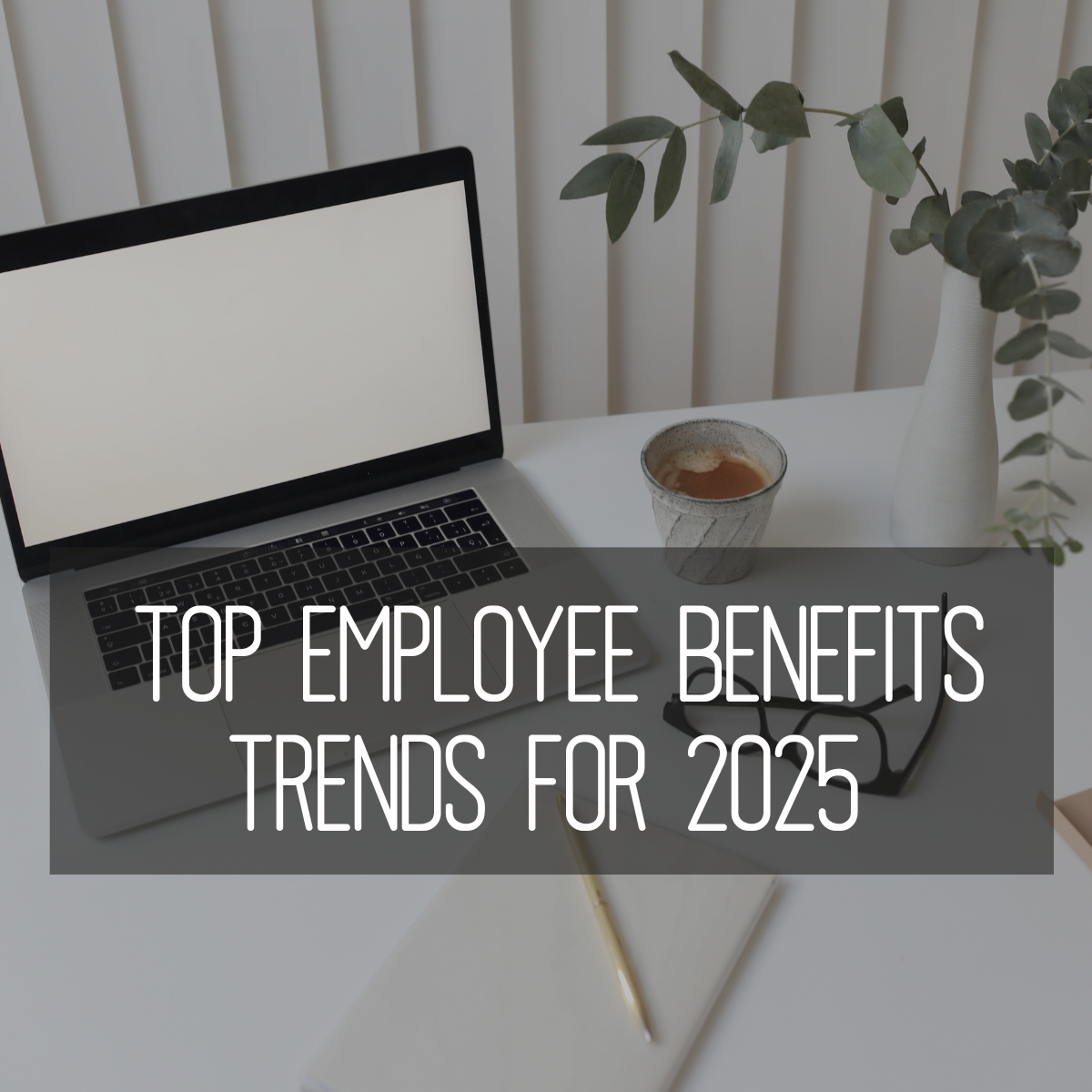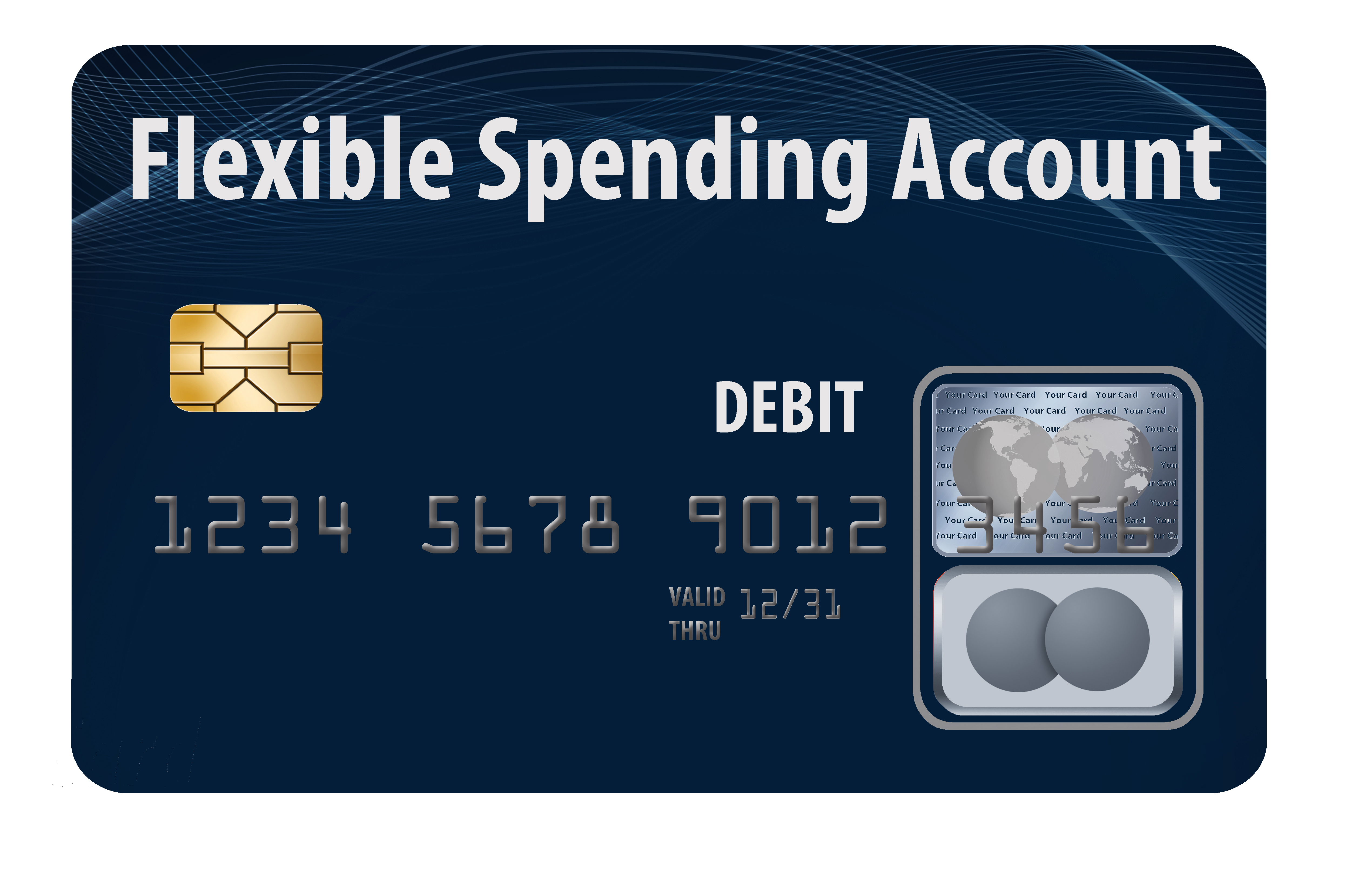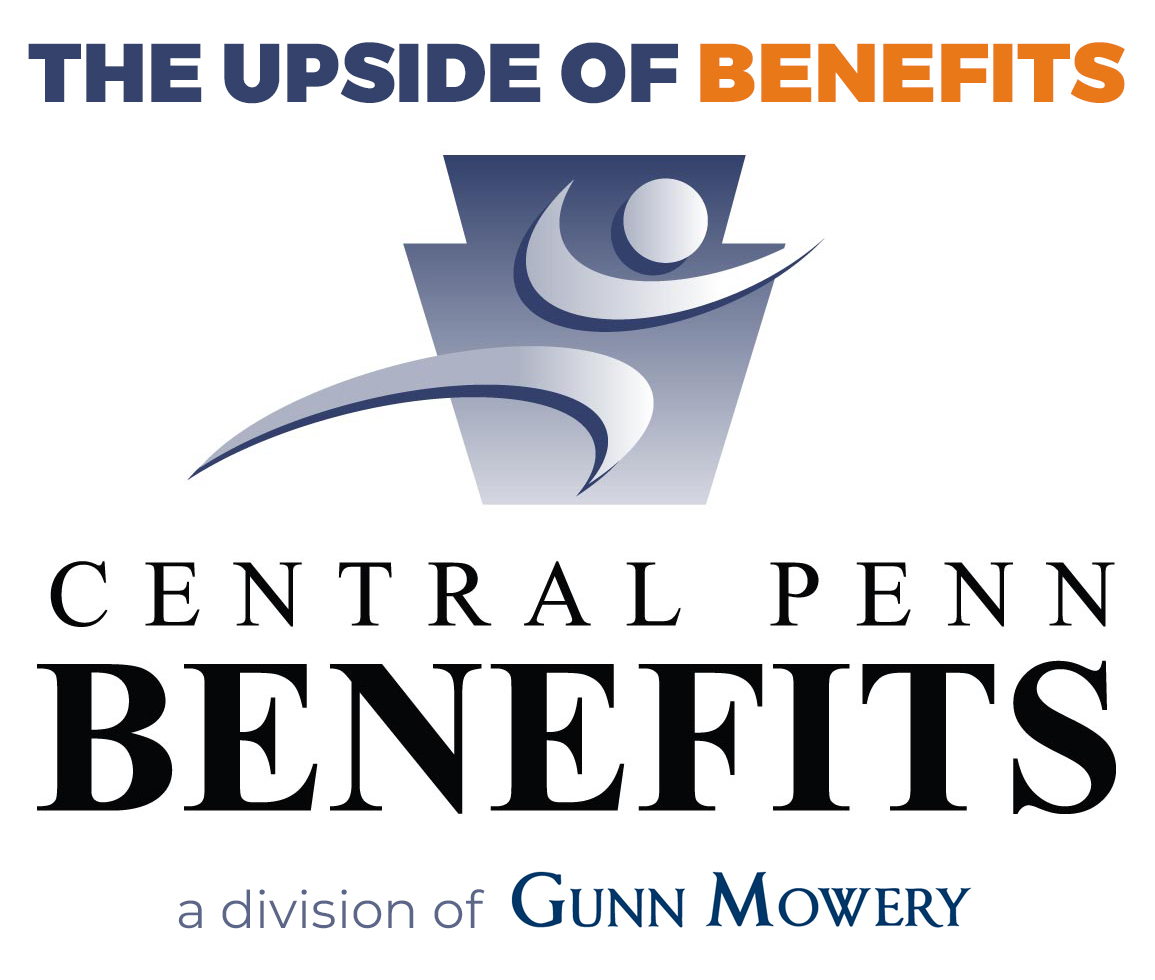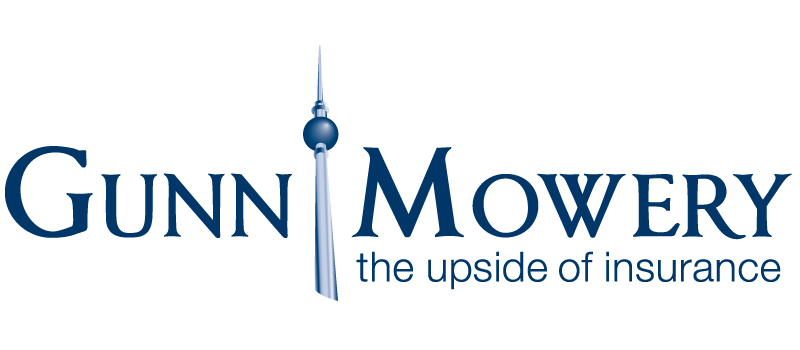Category: Employee Benefits
-

Benefits 101: What Is Cancer Insurance?
The word “cancer” carries a weight that extends far beyond its medical implications. Beyond the physical and emotional toll, a cancer diagnosis can bring significant financial strain. While your primary health insurance will cover many treatment costs, there are often substantial out-of-pocket expenses that can quickly add up. This is where cancer insurance comes in.…
-

Disability Insurance Explained: Short-Term Disability
Life sometimes throws you a curveball. You might sprain an ankle playing soccer, need surgery, or experience a difficult pregnancy. These situations can temporarily prevent you from working and earning an income. That’s where short-term disability insurance comes in. It acts as a financial safety net, providing income replacement while you recover and get back…
-

Voluntary Benefits: The Missing Piece of Your Compensation Puzzle
The Rise of Voluntary Benefits As healthcare costs increase, so does the demand for voluntary benefits. These optional benefits allow employees to select and pay for additional perks to meet their individual needs, especially in today’s diverse workforce. They’re also a valuable supplement to health insurance, particularly as healthcare expenses rise and affordability becomes a…
-

Beyond Open Enrollment: Engaging Employees with Benefits
Most organizations treat employee benefits like a seasonal event. Open enrollment brings a flurry of activity – emails, seminars, and even benefits fairs. However, communication often dwindles after this initial push, leaving employees confused and underutilizing their valuable benefits. This is a missed opportunity. Research shows that employees crave more benefits education, spending hours researching…
-

Top Employee Benefit Trends for 2025
Employee benefits are the indirect and non-cash compensation paid to an employee. These benefits are given to employees over their salaries and wages. As we look ahead to 2025, companies are increasingly exploring innovative solutions to address the evolving needs of their workforce. Driven by shifts in work environments, economic challenges, and technological progress, the…
-

Your HSA: A Beginner’s Guide
New to a Health Savings Account (HSA)? Here’s What You Need to Know As the name suggests, a Health Savings Account(HSA) is a special savings account used to pay for healthcare-related expenses. An HSA has potential financial benefits for now and later. Not only can you save pre-tax dollars in this account to pay for qualified…
-

2025 Employee Benefits Limits: What You Need to Know
Many employee benefits are subject to annual dollar limits that are adjusted for inflation. For 2025, most of these limits have increased. However, some limits, such as those for dependent care Flexible Spending Accounts (FSAs) and Health Savings Account (HSA) catch-up contributions, remain unchanged. Key Benefit Limits for 2025: Health Savings Account (HSA) Contributions Important…
-

Navigating Employee Benefits: A Glossary
Employee benefits can be a complex landscape, filled with acronyms and unfamiliar terms. In fact, more than 50% of American adults report that they don’t have a clear understanding of their health insurance. Many people are confused because they reach adulthood without ever learning the basics of health insurance terminology. Illiteracy about health insurance is…
-

Benefits 101: What Is a FSA?
When it comes to health insurance, there is a lot of jargon and plenty of acronyms. Many people have heard of FSAs, but may not actually know — what is a flexible spending account, exactly? If you have an employer-sponsored health plan, a flexible spending account (FSA) is often available as part of the benefits…
-

Empowering Gen Z: Building a Competitive Benefits Package
Get ready for a new wave of talent! Gen Z (born between 1997 and 2012), or Zoomers, is the youngest generation entering the workforce, and they’re bringing fresh perspectives and priorities. Unlike previous generations, Gen Z isn’t just punching a clock. They crave opportunities for personal and professional growth, a workplace that prioritizes mental well-being,…

